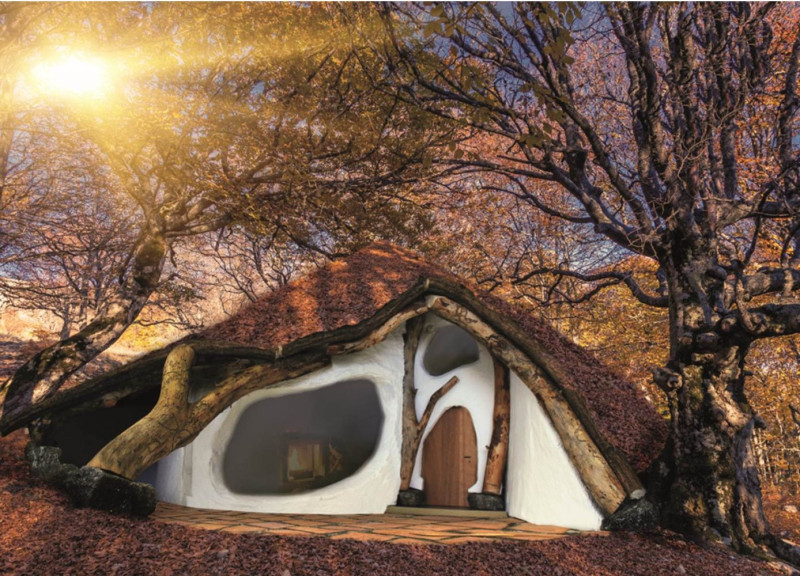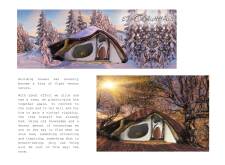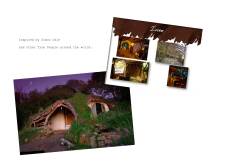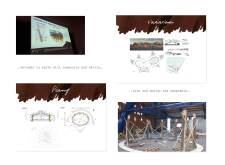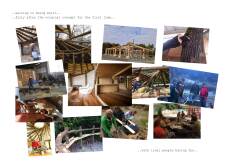5 key facts about this project
The architectural project titled "Ein Bauhaus" is a modern, sustainable initiative that emphasizes harmony with nature and community involvement in its design and construction processes. Comprising a series of organic forms, the project integrates living spaces with the surrounding landscape, creating an environment that is both functional and aesthetically aligned with natural ecosystems. The architectural design relies on locally sourced materials, including natural wood, clay, straw, and stone, promoting sustainability and minimizing the carbon footprint.
The primary function of this project is to serve as a residential enclave while fostering a sense of communal living. The design encourages adaptability, allowing spaces to evolve based on inhabitants' needs. This flexibility is a key aspect of the project's overall approach, as it considers the changing dynamics of family structures and environmental conditions. By utilizing rounded forms and low profiles, the buildings mimic natural habitats, enhancing their connection to the landscape.
Unique Design Approaches
A notable feature of "Ein Bauhaus" is its commitment to community engagement during the construction phase. By involving local individuals in the building process, the project not only fosters a sense of ownership but also leverages traditional skills and knowledge in sustainable architecture. The irregularly shaped windows are another distinctive element, designed to maximize natural light while framing views of the surroundings, effectively dissolving barriers typically imposed by conventional urban design.
The integration of green roofing techniques further distinguishes this project. This design choice promotes biodiversity and enhances insulation, contributing to the thermal efficiency of the structures. Furthermore, the project embraces concepts from global sustainable living practices, emphasizing an architectural language that is both rooted in local culture and inspired by broader ecological movements.
Community and Engagement in Design
"Ein Bauhaus" stresses the importance of community involvement not just in construction, but also in the overall design process. By prioritizing local knowledge and input, the project aligns with sustainable development goals while highlighting the role of architecture as a social endeavor. This interactive approach leads to outcomes that truly reflect the needs and values of the inhabitants.
For deeper insights into the architectural plans, sections, and detailed designs, the reader is encouraged to explore the project presentation further. Understanding the specific architectural ideas that underpin "Ein Bauhaus" offers essential context for appreciating its innovative contributions to modern sustainable architecture. The project serves as a noteworthy example of how architecture can respond to both environmental and social imperatives.


